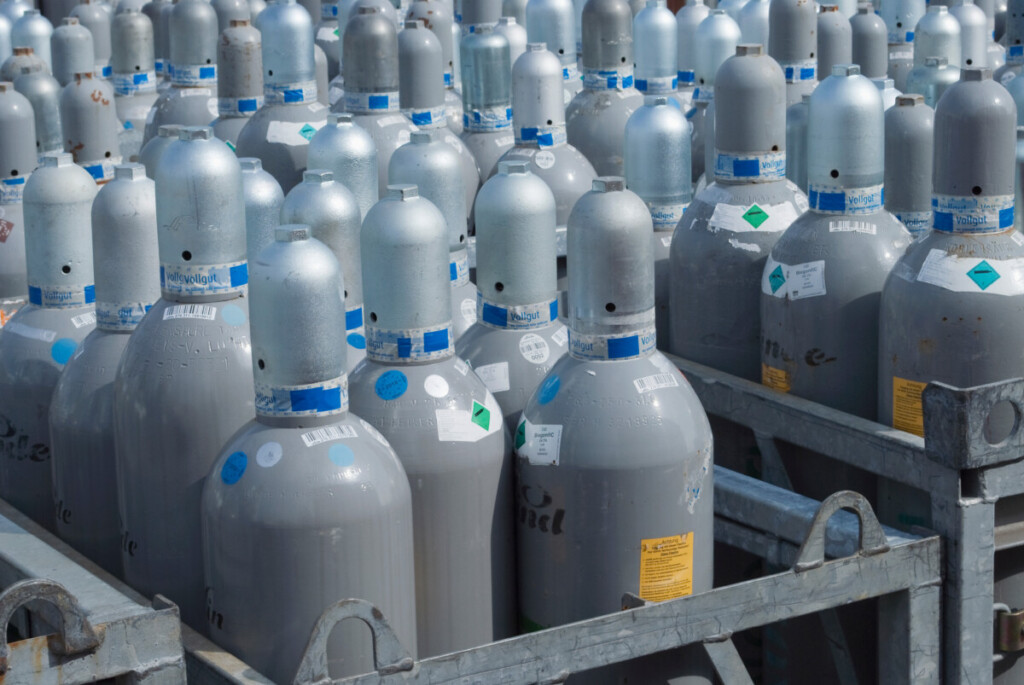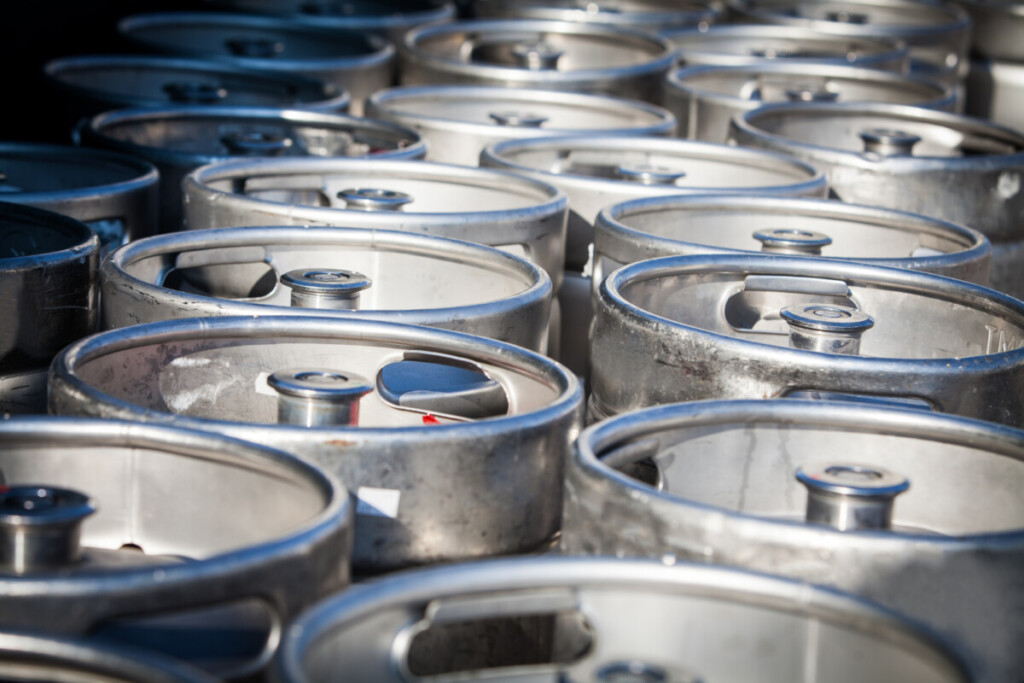What Connectivity Works Best for IoT Asset Tracking?

IoT asset tracking is fast becoming a necessity for everything from shipping and logistics to manufacturing and construction. While it takes many elements to make up a successful asset-tracking deployment, internet connectivity should be one of the first things an organization figures out before launch.
Naturally, the question then becomes: “which connectivity technology works best for IoT asset tracking?”
The answer to this question comes with more nuance than may seem immediately obvious. Every IoT deployment is unique in its own way, meaning there is no single connectivity technology that will serve every individual use case. The key is to look at your deployment parameters and understand how your devices need to function. Will you be making large data transmissions? Do you need to track your assets in real time? Where will your assets be going?
You’ll also want to consider the types of devices you are deploying and how that will impact your connectivity demands. Ultra-constrained devices performing fixed asset monitoring, such as temperature sensors, will behave differently from rich node/edge devices, like manufacturing robots, that quickly process data to make informed decisions.
Once you understand these needs, you’re better positioned to select the kind of connectivity that works for your IoT asset tracking solution. Let’s look at the ups and downs of some of the most prominent IoT connectivity technologies.

WiFi and Bluetooth Can Be Viable In the Right Setting
WiFi and Bluetooth are perhaps the most readily available commercial connectivity solutions, which makes them attractive connectivity solutions for many IoT projects. Like most connectivity solutions, WiFi and Bluetooth internet connectivity operate by using radio waves to transmit data between a device and a gateway or modem.
One of the primary benefits of these connectivity technologies is that they support large data transfers and reliable uptime. Modern standards like Bluetooth 5.0 can transmit data up to 50 MBPS, while WiFi can support data transfers at speeds up to 2.4 GPBS. This can make these technologies very reliable in the right settings, such as factories, warehouses, and laboratories, where assets must be tracked over short distances and don’t need to be monitored in real time. An organization could, for example, utilize WiFi/Bluetooth for local communications and relay that data to the outside world via appropriately placed gateways.
This range, however, also limits the practicality of these technologies to serve IoT asset tracking scenarios that require a great deal of range and movement. Telematics operations, in particular, would face considerable challenges relying solely upon WiFi and Bluetooth connectivity. Similarly, monitoring farm equipment or vehicles would likely find these short-range technologies a poor fit for their asset tracking purposes.
Low-Power Wide Area Networks Offer Good Range for Smaller Transfers
If your deployment needs to monitor mobile assets over a large area, then low-power wide area networks (LPWANs) can seem very attractive. Low-power options like LoRaWAN, LTE-M, NB-IoT, and more, offer a considerable advantage over WiFi and Bluetooth in terms of their operational range – with many LPWAN options covering up to 30km.
This can make these technologies an excellent fit for many IoT asset tracking and fleet-management applications, particularly when you also consider that these networks are far more power-efficient than WiFi or Bluetooth. While the average battery life for an IoT device is around 7 years, LPWAN technologies can allow a battery to function for more than 10. This allows devices to stay afield for longer, avoiding the costly downtime associated with replacing batteries and device maintenance. It also makes larger deployments that cover dozens or even hundreds of devices more viable, as the power requirements will be more manageable.
The tradeoff, however, is that these technologies can only support smaller, intermittent data transfers (up to 10kb at 200kbps) and may face higher latency than other alternatives unless run through a licensed radio frequency. In addition to limiting the amount of data that can be transmitted in a sitting, this also creates challenges toward one of IoT asset tracking’s most sought-after features – real-time tracking.
In scenarios that don’t require large data transfers or real-time tracking, however, LPWAN can be an excellent solution for asset tracking.

Cellular Connectivity Empowers Consistent Asset Tracking
For real-time tracking that supports larger data transfers, organizations looking into IoT asset-tracking applications will certainly want to consider cellular IoT connectivity. Cellular solutions, such as 4G, Cat M1, and (to some extent) 5G technologies, work off some of the most commercially invested-in communications infrastructures in the world. This makes cellular one of the most reliable and commonly supported connectivity technologies available today.
Cellular connectivity is capable of covering wide areas (with ranges between 5 and 10km from supporting equipment) and supports larger data transfers (4G, for example, can transport 1GB per second at its peak), which can enable near-constant uploads of data. In addition to real-time tracking, cellular connectivity enables more creative utilization of IoT to improve asset tracking and management solutions at a near-global scale.
We specify near-global because one of the challenges of cellular connectivity stems from the realities of subscription modeling. No one carrier can utilize every tower across the globe, and though coverage providers like Soracom can utilize multiple carrier networks to provide a consistent connectivity experience, not every organization chooses their connectivity provider as carefully. As such, boundaries – be they national, geographical, or otherwise – can limit the effectiveness of cellular connectivity.
Power consumption for cellular IoT is also higher than some other options, though some of those issues can be mitigated by offloading processes like encryption to the cloud via a smart connectivity provider.
Satellite IoT Connectivity Can Help Enable Global Asset Tracking
Satellite is emerging as an attractive option for organizations with truly global IoT asset tracking aspirations. Whether it means crossing international borders and seas or simply deploying devices in remote or hard-to-reach locations, maintaining connectivity is essential to an IoT solution.
Properly deployed, satellite connectivity can support consistent connectivity at speeds akin to high-speed broadband internet regardless of regional, geographical, or national boundaries. By relaying internet signals from satellites in medium- and low-earth orbit directly to the earth below, an organization could feasibly track assets crossing the sea (whether it’s a shipping container or the pallets within) with lower latency and higher bandwidth than some other connectivity technologies.
The challenges with this option, however, are tied to its nascency as a connectivity solution and the cost of getting materials in the position to facilitate that connectivity. Sending a satellite into orbit is not cheap, and neither is the connectivity that it provides. This truth has also made it difficult for many ostensible satellite connectivity providers to get off the ground in a meaningful fashion.
Those solutions that have managed to get satellites in orbit and can support an organization’s IoT asset tracking demands can be reliable, yet the cost suggests that it functions best in a support role. By functioning as a part of a blended connectivity solution, the global satellite connections can help offset the blind spots for coverage in a cellular network, ensuring no asset is lost to poor connectivity.

The Right IoT Asset Tracking Solution Is Up To You
In all, the best IoT connectivity for asset tracking will depend on your use case. To better understand your options, you’ll want to be sure to understand what your needs truly are. How many items will you need to track? What kind of data transfers will you need to make? How important are real-time updates to your organization.
The best answer for your application may not be any one communication technology but instead a combination of solutions that help ensure strong and consistent connectivity for your fleet of devices. Choosing a provider that enables a mix of technological options to meet your unique connectivity needs better prepares you for the potential challenges that your deployment may face over time.
……………….
At Soracom, we are helping asset-tracking solutions increase their devices’ battery life, incorporate security measures to prevent SIM tampering/misuse, and connect to a more reliable IoT network over a mix of cellular, LPWAN, and satellite. Let’s talk.
………………..

Wondering what kinds of devices best suit your IoT asset tracking deployment? Check out our recent webinar “Let’s Talk IoT Devices: Asset Trackers.” In it, Soracom Product Manager Dora Terjek Speaks with asset tracking expert Tom Burton of ThingsMatrix about the kinds of devices that can set your deployment up for success. We discuss how to choose the right solution for your business, walk through some real-world examples of successful asset-tracking applications, and discuss IoT’s role in it all.
Learn all this and more by checking out this on-demand webinar here.



